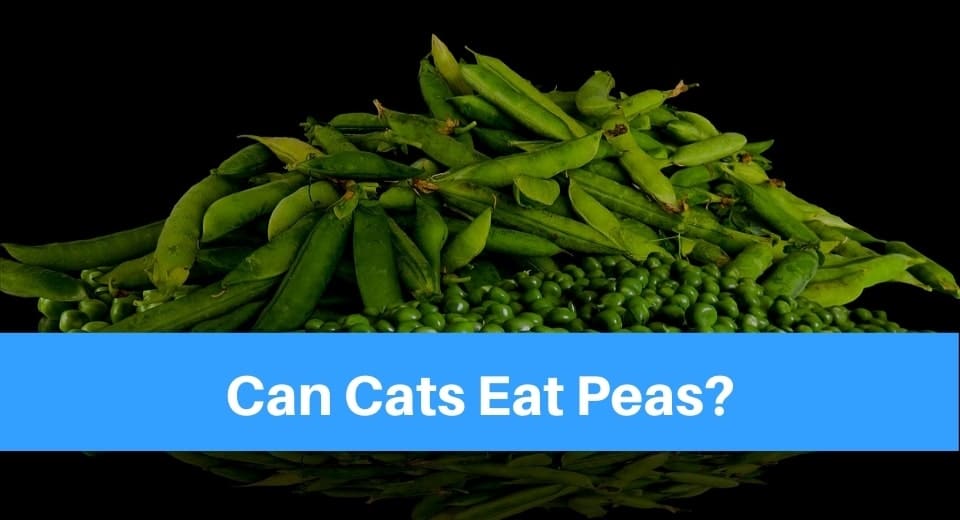From the biological point of view, cats are carnivores. But, many cat owners love to share their food with cats. Before giving your food to your cat, you should know if this food is safe for your cat. You should also have in mind that cat’s digestive system is different from ours, so cats are unable to digest some human foods. Their diet is made up of meat and they need only a small amount of vegetables. It is good to know that many cats like vegetables, but not all vegetables are good for cat’s health.
In this article we will tell you something more about peas, which are considered one of the healthiest foods for people all around the world. But, what about cats? Can they also eat this vegetable? You will find the answers below.
More About Peas
Peas are a member of legume family and they are commonly cooked as fresh vegetables. There are three types of peas: green or garden peas, snow peas and snap peas. The most used are green peas so we will talk about them. Green peas are rich in vitamin K, C and vitamin B1, but they also contain dietary fiber and minerals, such as manganese, copper, magnesium, potassium and iron. Peas are rich in sugar and starch, so they have sweet taste and starchy texture. They contain phytonutrients which have many health benefits.
Thanks to their antioxidant and anti-inflammatory properties, peas can prevent many diseases. Studies have shown that daily consumption of peas can lower the risk of stomach cancer. Peas can regulate blood sugar and they improve cardiovascular health.
Also, peas are low-fat food, so they are excellent for those people who want to lose weight.
Are Peas Safe for Cats?
There’s no doubt that cats enjoy eating peas. Some cat owners are often concerned about that, because it is known that cat’s digestive system can’t process well some foods. If your cat also has eaten some peas, you don’t have to worry. Peas are not on the lists of foods which are toxic to cats, unlike citrus fruits which include oranges. Although peas are not part of regular cat’s diet, they can be used as a treat.
In some cases peas can also have positive effects on the gastrointestinal tract of your cat. It is proved that sometimes peas can help cats which are suffering from occasional constipation. Cats enjoy fresh, frozen or cooked peas. It is also known that peas are often added to many cat foods, because of the fiber that they contain.
How Many Peas Can be Given to Cats?
Although peas are not toxic to cats, you should be very careful with the amount that you give to your cat. Several peas will not do any harm to your cat and you can give her peas a couple times a week. In that case, peas will provide a good source of fiber and other nutrients to your cat. But, high amount of peas can cause some side effects, such as vomiting, diarrhea and other gastrointestinal problems.
If your cat is eating peas for the first time, you should add a couple of cooked peas to your cat’s food. That is more than enough for your cat. If there are no side effects, you can continue giving peas to your cat the next day. But have in mind that the moderation is the most important if you want your cat to be healthy and lively.
Also, remember that peas can be given to cats only as an occasional treat and that they should not be a part of regular cat’s diet.
Final Thoughts
As you have seen, peas are not toxic to cats, but they should not substitute regular cat’s food. Peas are like many kinds of food in that regard, like cantaloupe which attracts cats through smell. You can give peas to your cat from time to time and in a very small amount. Have in mind that cats in their natural environment don’t seek out peas, because they are not appropriate foods for cats. It is recommendable to avoid giving peas to your cat, or you can give them only a small portion of this vegetable. If you want to have a healthy cat, feed her with meat and always be sure that your cat is drinking enough water.

